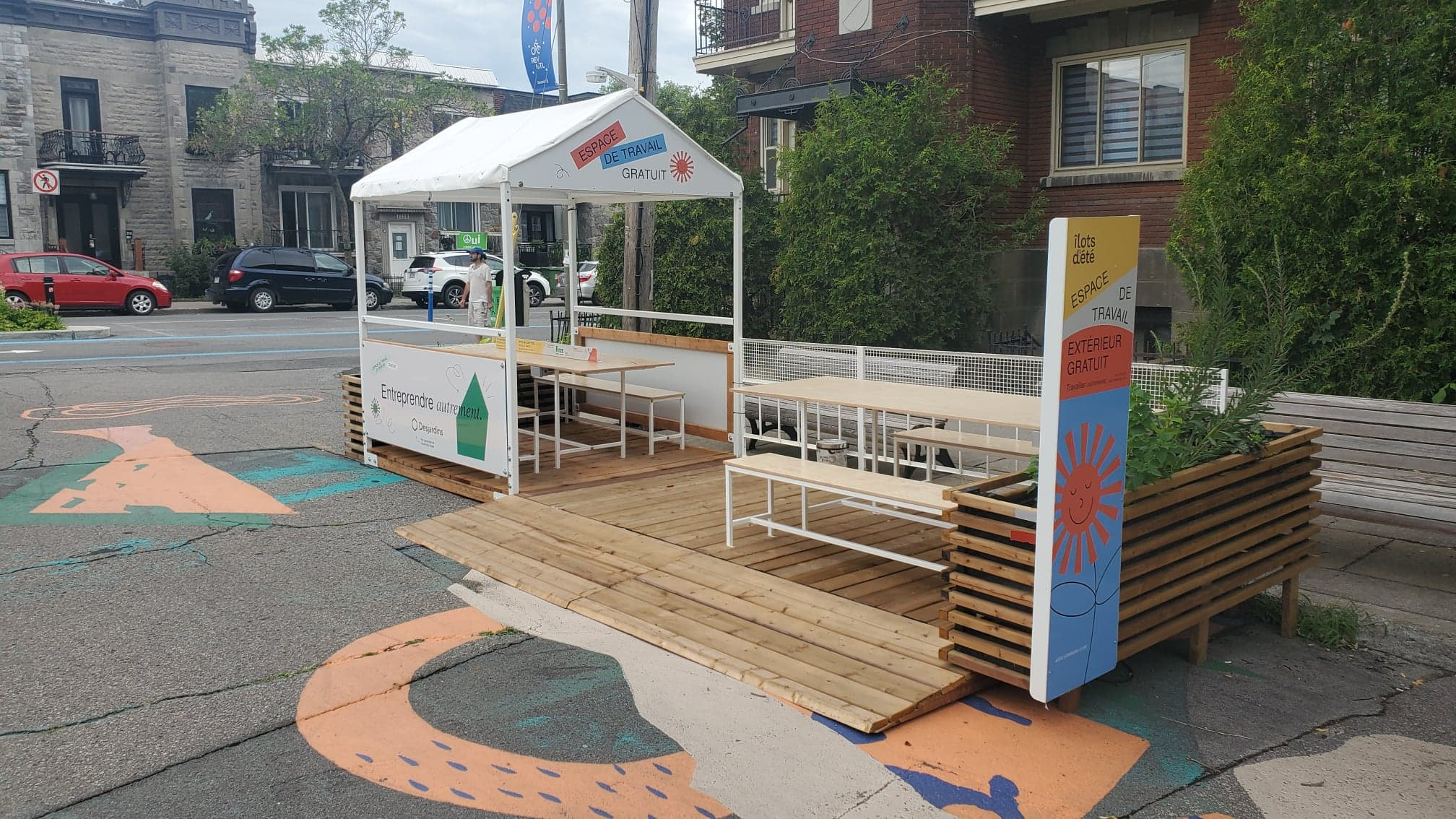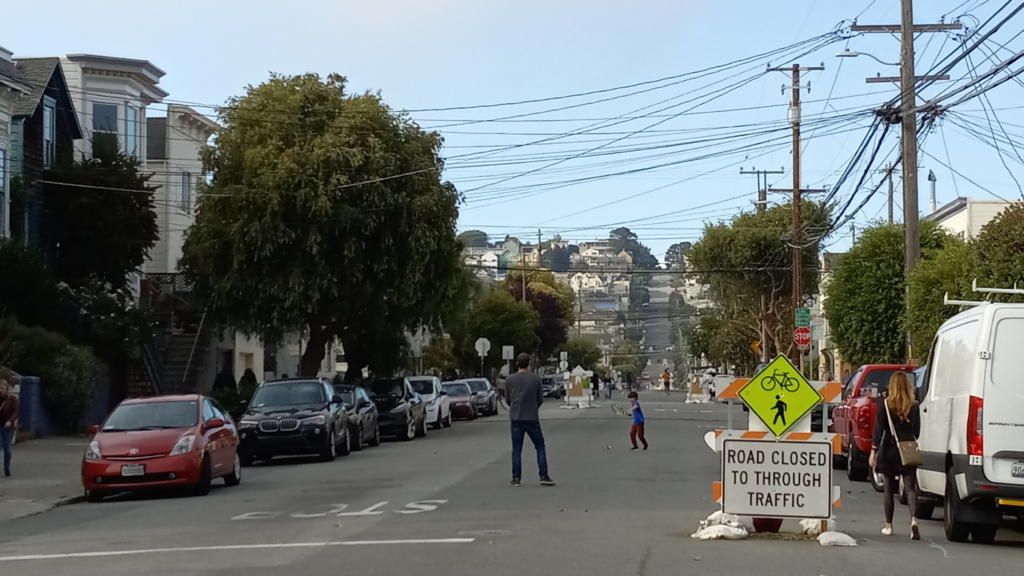City Know-hows

Target audience
Local public health professionals, Youth social workers, Community organizers, and Park planners
The problem
The COVID-19 pandemic disrupted youth milestones such as school graduation ceremonies, transitions to higher education, and entrance into the labour force. Given the school closures and public health protective measures that occurred in London, Ontario, Canada, many youth limited their daily activities to parks and restaurants in their local neighbourhoods. These disruptions and changes to youth behaviour from the pandemic may have impacted their mental health and stress levels.
What we did and why
We undertook a survey of youth, aged 13 to 19 years old, in London, Ontario, Canada from June to September 2020. Survey questions were developed in consultation with youth themselves, rendering questions that sought to understand impacts from the pandemic based on their own perspectives. Questions covered demographics, health behaviours, and their experiences during the pandemic. We also gathered information about their neighbourhood context to understand how the local environment affects their mental wellbeing.
Our study’s contribution
Our study:
Impacts for city policy and practice
Practitioners should consider the following:
Our findings suggest local policymakers and practitioners could play a role in addressing youth mental health and stress levels through the following actions:
Further information
QuaranTEENing Project page
Full research article:
Neighbourhood influences on youth mental health and stress levels during the first six months of the COVID-19 pandemic by Alexander Wray, Gina Martin, Kendra Nelson Ferguson, Stephanie E. Coen, Jamie A. Seabrook & Jason Gilliland
Related posts

Public spaces in universities target skateboarding through hostile architecture and security. Hostile designs exclude skateboarding as a novel form of physical activity. Maybe ‘just’ urban design guidelines can produce more inclusive and diverse public campus spaces.

Health has turned into a number one priority in the present city context (e.g. lower emissions, active transportation, sustainable farming). By integrating it with proximity measures (as in the 15-minute city), we can create even healthier cities. Here is how they do it around the globe.

How will COVID19 change our relationship with public space and the future of city design? We outline the key ways in which city planning and the design of public space may change as a result of the COVID19 pandemic.